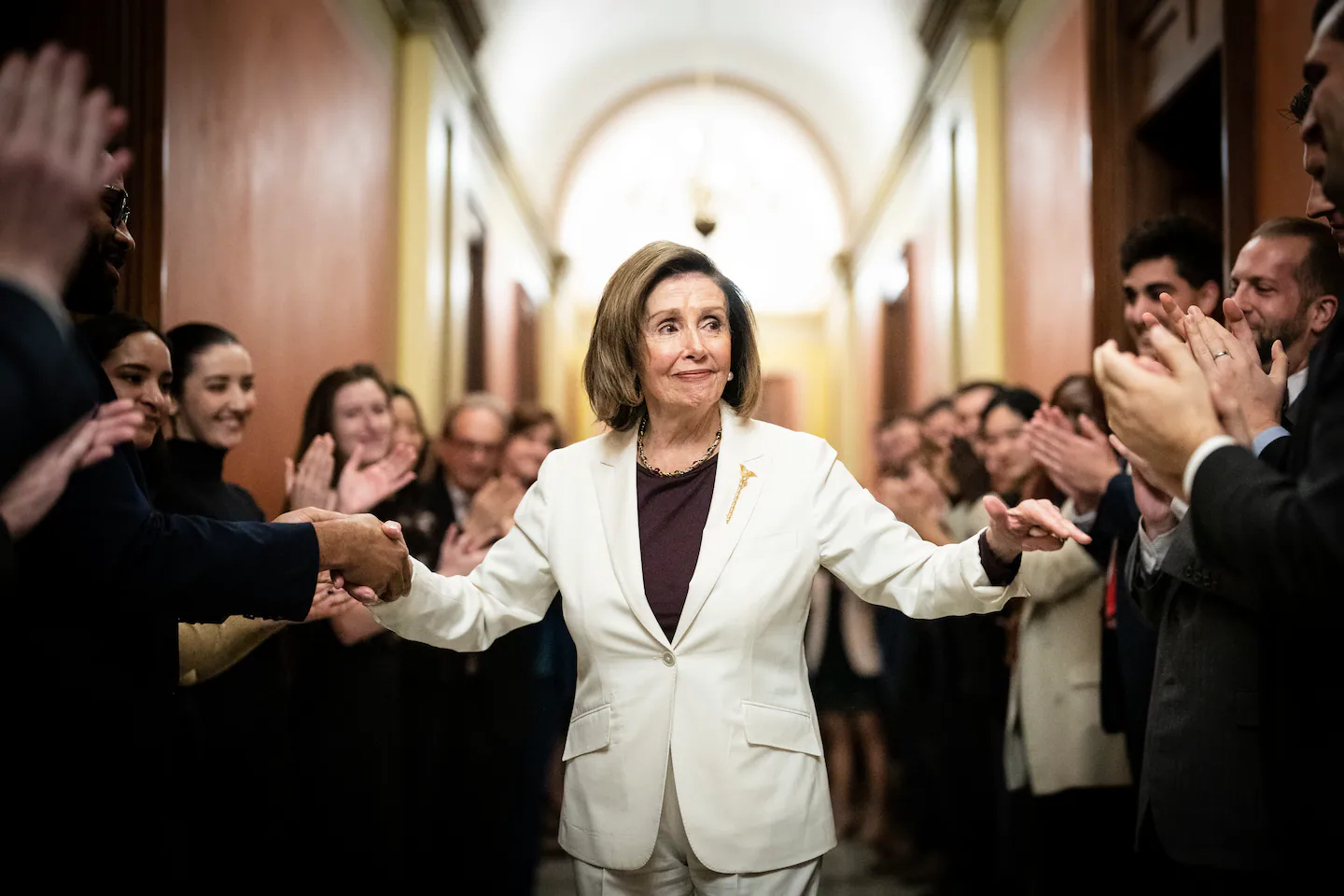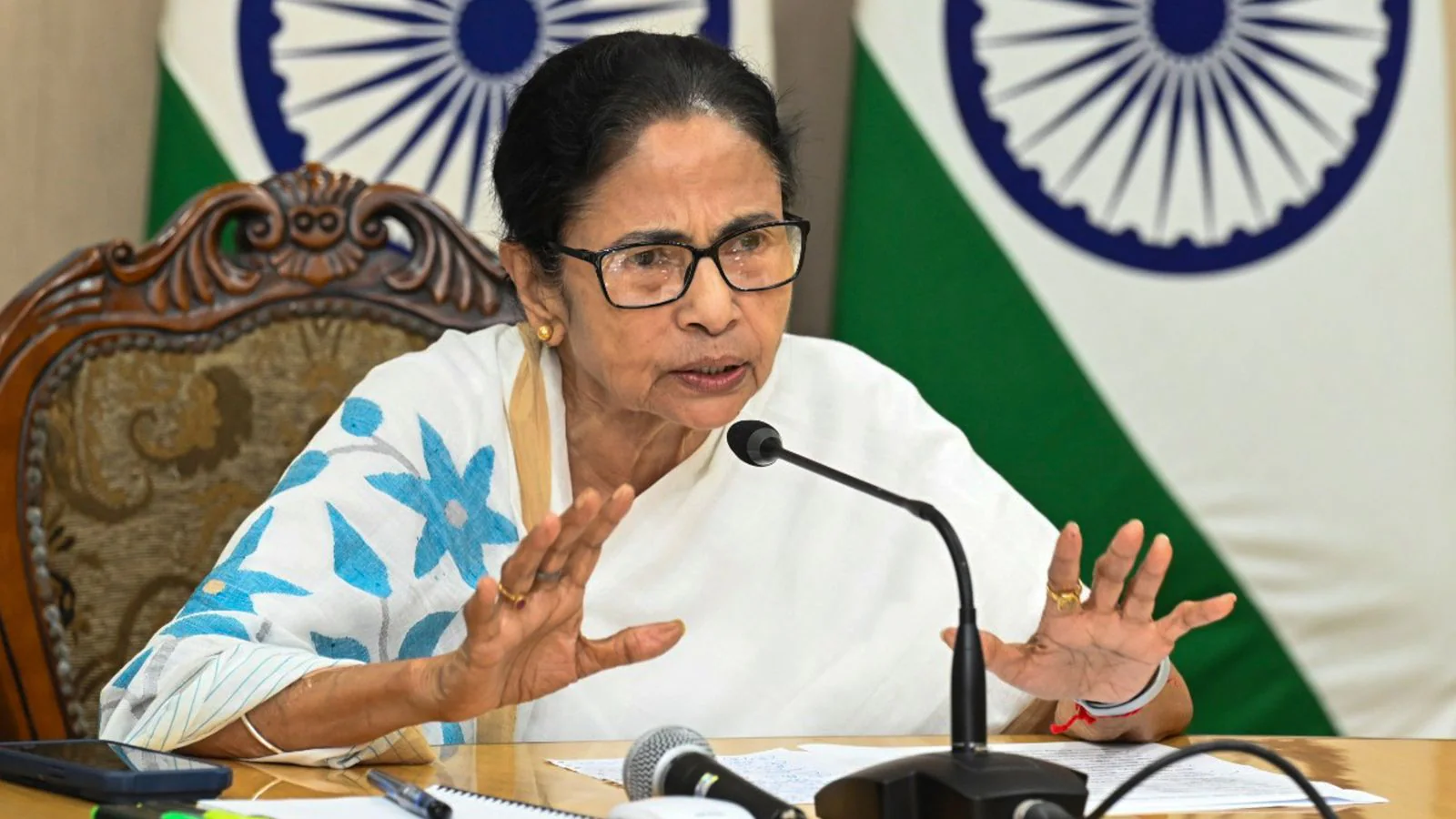Copyright The Boston Globe

She also became a favorite target of Republicans, including President Donald Trump, in large part because of her many wins on Capitol Hill for Democrats. The Early Years: A Young Mother, Steeped in California Politics The Democratic Party was in Pelosi’s blood from the beginning. When she was born in 1940 in Baltimore, her father, Thomas D’Alesandro Jr., a Democrat, had recently begun his first term in the House, representing Maryland. In 1947, he was elected mayor of Baltimore, and a 7-year-old Nancy Pelosi swore him into his new role. Pelosi learned about politics at the dinner table, graduated from an all-girls Catholic high school and moved to Washington, D.C., 45 miles away -- as far as her parents would allow -- to attend Trinity College, a Catholic college for women. In her 20s and 30s, Pelosi followed a more traditional route for women of her generation. She met her husband, Paul Pelosi, at Georgetown University when they were both attending summer classes there. The couple moved to his hometown, San Francisco, and Pelosi was a stay-at-home mother taking care of their five children. But Pelosi forged key relationships with prominent San Francisco politicians by hosting Democratic fundraisers at the family’s large home. In 1976, she was elected as a Democratic National Committee member representing California, and in 1981 she was selected to head the California Democratic Party, the first woman to ever do so. (BEGIN OPTIONAL TRIM.) Pelosi brought the Democratic National Convention to San Francisco in 1984. Foreshadowing Pelosi’s own historic career, the Democrats chose Geraldine Ferraro as their candidate for vice president -- the first time a major party had nominated a woman for that role. (END OPTIONAL TRIM.) June 2, 1987: Winning Her First Elected Public Office Despite her clear interest in politics, Pelosi did not run for public office herself until she was 47. In 1983, Phillip Burton, who had represented western San Francisco in the House, died in office, and his wife, Sala Burton, replaced him. Pelosi had become friends with the couple through her years of Democratic fundraising. When Burton was soon after diagnosed with cancer, she expressed her desire to Pelosi that she run for the seat. A special election was held in June 1987, and Pelosi edged out Harry Britt, a gay socialist who had worked as an aide to Harvey Milk, the San Francisco supervisor who was assassinated at City Hall in 1978. Jan. 4, 2007: Becoming the First Female Speaker of the House Democrats were in the minority during her early years in the House, but she rose through the ranks to become minority leader in 2002. She became the first female speaker of the House in January 2007 after helping fellow Democrats win enough seats to flip control of the chamber from Republicans. Signaling that a new kind of leader was in charge, Pelosi invited the children and grandchildren of other lawmakers to join her at the rostrum. Democrats later lost control of the chamber, but when they regained it in 2019, she returned to the speaker’s chair and again invited children to come down to the podium to stand beside her as she took the oath. (BEGIN OPTIONAL TRIM.) In her 2024 book, “The Art of Power,” Pelosi wrote that children have always been her “why.” “Children’s health, their education, the economic security of their families, a safe environment in which they can thrive, including protection from gun violence, and a world at peace in which they can reach their fulfillment -- these are my priorities,” she wrote. (END OPTIONAL TRIM.) March 23, 2010: The Affordable Care Act Becomes Law Pelosi stood behind President Barack Obama on March 23, 2010, when he signed the Affordable Care Act into law. She played a crucial role in the passage of the legislation, popularly known as Obamacare, which would help millions of Americans get access to health care. At the ceremony, Obama described Pelosi as “one of the best speakers the House of Representatives has ever had.” She has described the passage of the law as her “major accomplishment.” It has also been one of her most lasting. Despite Republican attempts to repeal it, the law remains on the books, and a battle over subsidies to keep the coverage affordable has led to the current shutdown of the federal government. 2019-2020: Battling Trump as Speaker of the House Pelosi has not been shy about her disapproval of Trump and his policies since his initial foray into politics and his ascent to the presidency. She put her disagreements on very public display after Trump’s State of the Union address in 2020, when she ripped up a copy of his remarks moments after he finished the speech in the House chamber. The gesture drew immediate backlash from the White House and Republicans. But Pelosi did not apologize. She later said that she felt “liberated” by tearing up the speech, telling other Democrats that Trump had “shred the truth” in his address. Pelosi said she had kept the ripped-up copy of the speech. Nov. 4, 2025: The Success of Proposition 50 Most recently, Pelosi celebrated the passage of a measure known as Proposition 50, an attempt to counter a push in Republican-led states to redraw congressional districts. Speaking to reporters on election night, Pelosi said that the measure’s adoption meant “everything to us,” adding that it was the “first step” toward Democrats winning back control of the House of Representatives. (STORY CAN END HERE. OPTIONAL MATERIAL FOLLOWS.) “It means that we are able to defend our Constitution, our democracy,” she said. She promised that after the voters had spoken, she would announce her decision on whether to run for reelection. She held to that pledge, announcing Thursday that this term would be her last.



